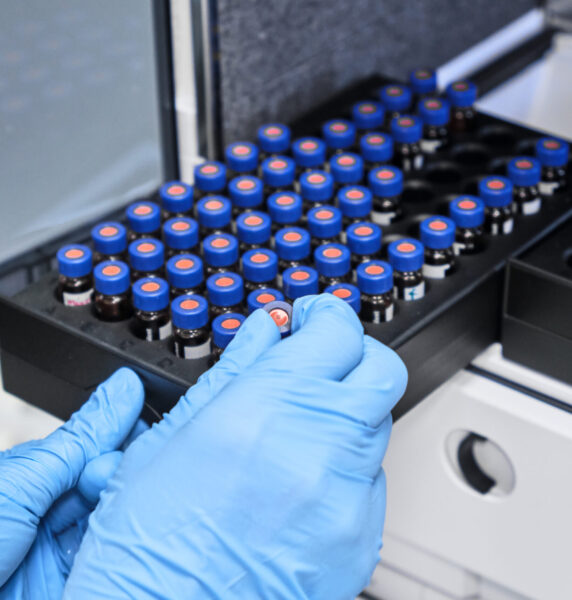
Due to the nature of the expected outcomes from the degradation studies the Liquid Chromatography linked to a Mass Spectrometer detector might the technique of choice to first isolate the compounds formed and also to perform an initial structure elucidation based on the compound fragmentation that later can be fine-tuned using Nuclear magnetic Resonance.
Articles:
- Automatic Identification of Lansoprazole Degradants under Stress Conditions by LC-HRMS with MassChemSite and WebChembase
- June 2021. Stefano Bonciarelli, Jenny Desantis*, Laura Goracci, Lydia Siragusa, Ismael Zamora, Elisabeth Ortega-Carrasco*
Posters:
- Automation of Routine HRMS Analysis using MassChemSite and WebChembase using lansoprazole forced degradation as case study
-
August 2021. 61st Annual Land o’ Lakes Pharmaceutical Analysis Conference. Elisabeth Ortega-Carrasco, Luca Morettoni, Fabien Fontaine, Ismael Zamora
-
Videos:
- Forced Degradation Studies For Chemicals
- Practical Applications for Drug Discovery 2020 Webinar. Elisabeth Ortega-Carrasco



